GMC—Goal, Motivation & Conflict

Beginning writers often hear that their stories need more conflict, but they’re not always told how to create it. Experienced writers understand the complexities of conflict, that it’s more than misunderstanding, petty bickering, and dialogue that’s laced with sarcasm. Debra Dixon, in her book Goal, Motivation & Conflict: The Building Blocks of Good Fiction, breaks down those complexities into interconnected components that are manageable and easy to understand.
I don’t often read or recommend how-to books, but I read this one from cover to cover in one sitting and I highly recommend it, especially for new writers.
Dixon defines the components as the who, what, why, and why not or our stories.
Who = the characterWriters use many different methods to develop their characters. Whatever method we use, it’s critical that the goals fit the character. For our purposes, I’ll use a couple of examples from my 2003 GH romantic suspense finalist, In Harm’s Way. The tag line I wrote for that story gives a brief summary.
What = the character’s goals (the things he wants,
needs, or must have to be a whole person)
Why = the character’s
motivation for wanting to achieve those goals
Why Not = the conflict
that prevents the character from reaching his goals
A convicted serial killer is on the loose and seeking revenge. His targets—an ERTo work out the hero and heroine’s GMC, I used the chart format in Dixon’s book.
doctor and a Vancouver City Police detective—need to set aside their personal
feelings long enough to keep themselves out of harms’ way.


I didn't fill in the whole the chart for you, but I encourage you to try one for your work in progress.
Keep in mind that characters can have both immediate and long-term goals, and their motivations for achieving those goals are often tied to backstory. Even though we might not want to include a lot of backstory in our books, it’s still important that we know what that backstory is.
I always come up with several goals—external and internal—for each character. Each goal can then be written as a simple GMC statement.
(Character) needs (goal) because (motivation) but (conflict).The following two statements are from my GMC charts.
Jack needs to apprehend the killer because he’s gone on another killing spree,The charts may be all you need, but I find statements are easier to work. I even print them and post them by my computer because referring to them helps me stay focused as I write. This information is especially useful for revisions. For each scene, I ask myself if that scene captures one of my character’s GMC. If not, how do I fix it? Or do I need the scene at all?
but he can’t let innocent people, especially Sally, get hurt.
Sally wants to get back to work at the hospital because it’s the one place where she
feels most in control, but she has to stay with Jack until the killer is caught.
I also use GMC statements to help me a write a short synopsis, which is useful for contest entries and submissions to editors and agents. Here’s my 175-word synopsis for In Harm’s Way.
Jack Hamilton trusts his instincts, and it always pays off. It’s when he follows
his heart that he gets into trouble. His instincts led to the conviction of a
horrific serial killer. They also led him straight into the arms of a gorgeous
woman, and that’s when he made the mistake of letting his heart take over.
Sally Griffith was every inch the woman Jack imagined spending the rest
of his life with. Intelligent, capable, beautiful. A lot like the woman he
married, the woman who died before he understood what she needed. The woman he
failed to protect.
Aaron Harms had been a respected emergency room
doctor. That many of his patients didn’t survive seemed, at first, like a simple
run of bad luck. Jack Hamilton recognized the pattern to Harms’ apparent
misfortune, and Sally Griffith provided the evidence.
Two years after his conviction, Aaron Harms escapes from prison, and he wants revenge. Jack knows instinct will lead him to the killer, but will his heart get in the way of keeping Sally safe?
I received a lot of favorable comments for this synopsis, and I owe it all to Debra Dixon's GMC. The tagline I gave at the beginning also came from the GMC charts and statements.
If you struggle with conflict, Dixon’s method of breaking it down into components might work for you.
Questions? Ask away.
If you’d like to play around with a GMC statement for something you’re working on, feel free to post it and the other Noodlers and I will pop in with comments.
Happy writing!
Lee
Lee's website
Lee's blog
Labels: Conflict, Debra Dixon, Goal, Lee McKenzie, Motivation


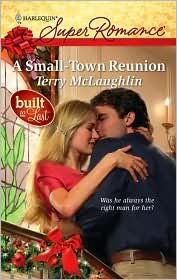
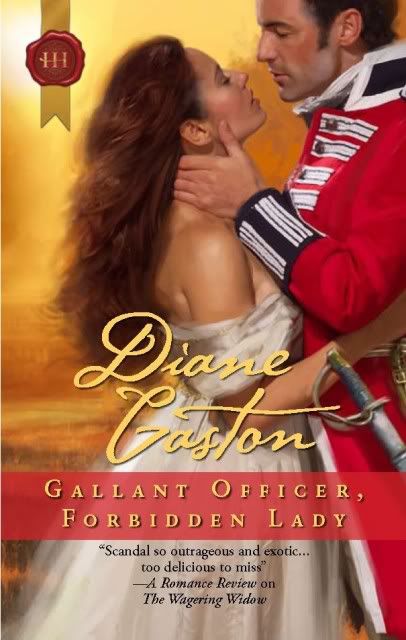



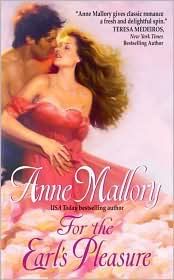

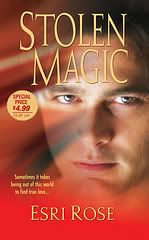
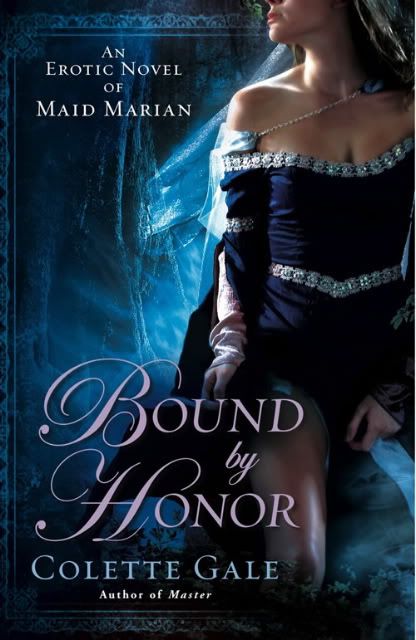
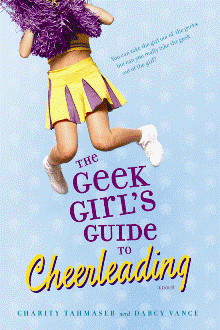
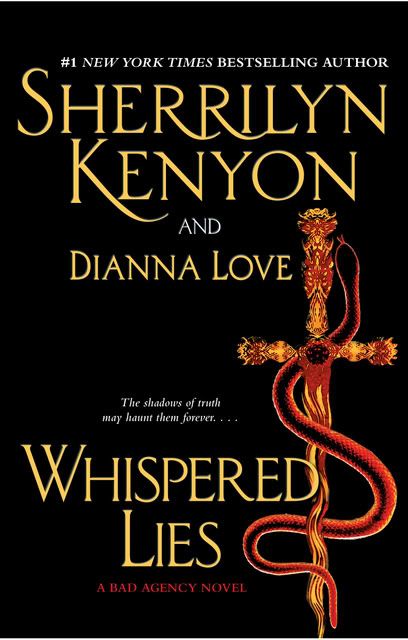
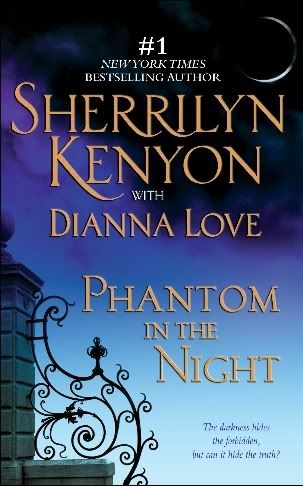





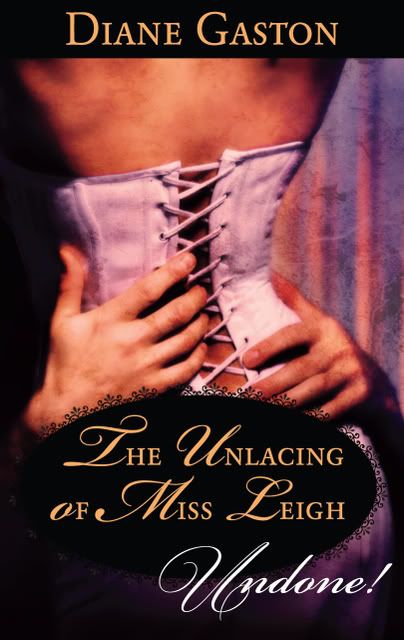




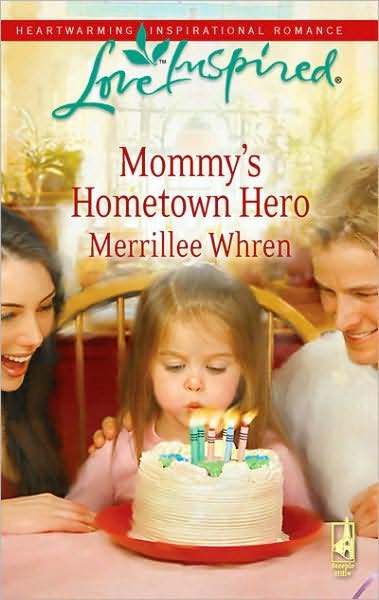
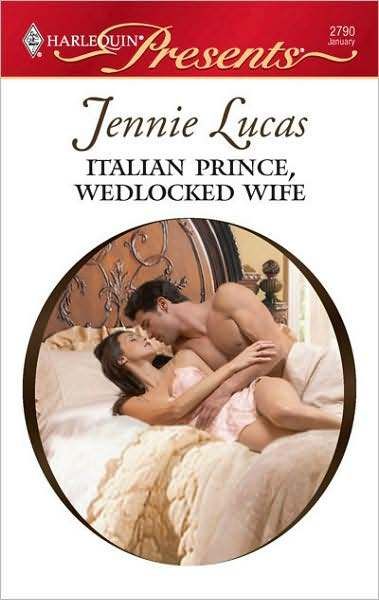

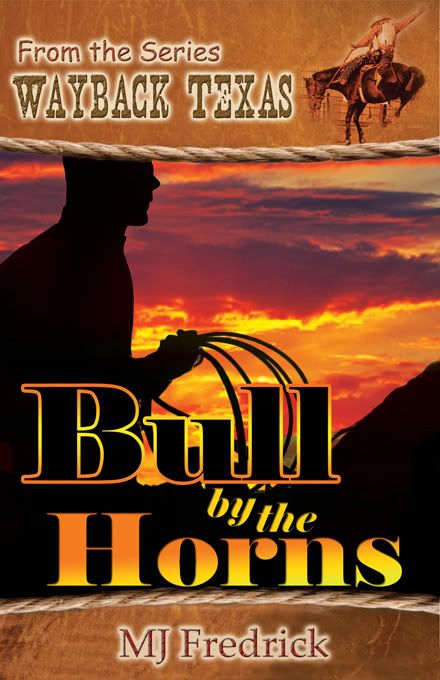
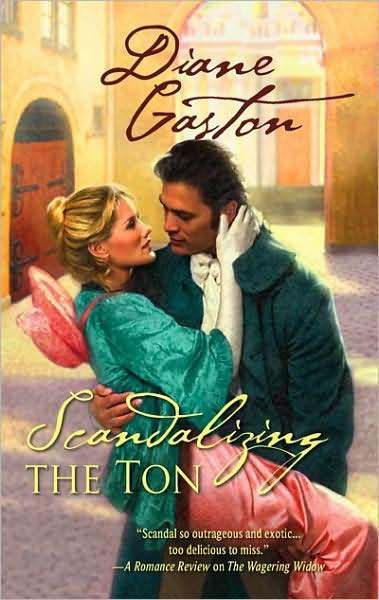
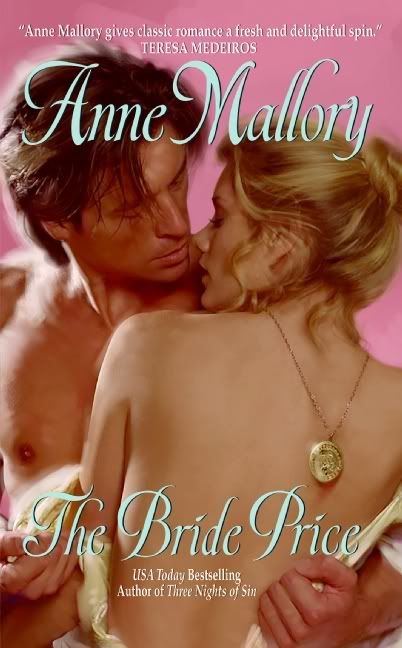
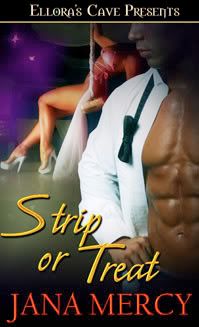
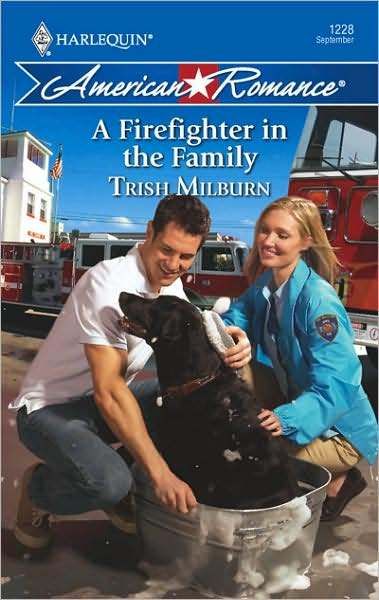
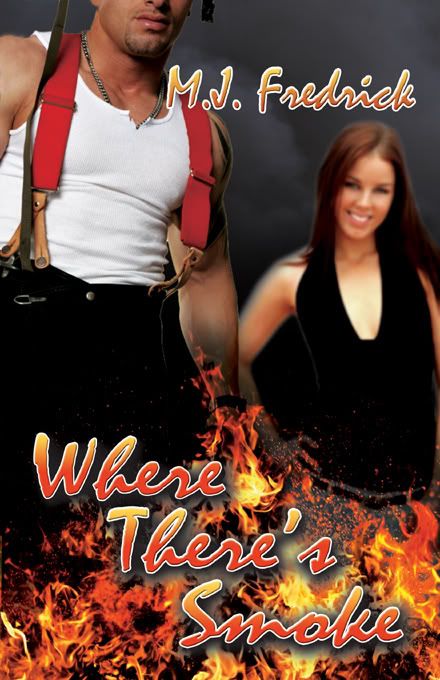
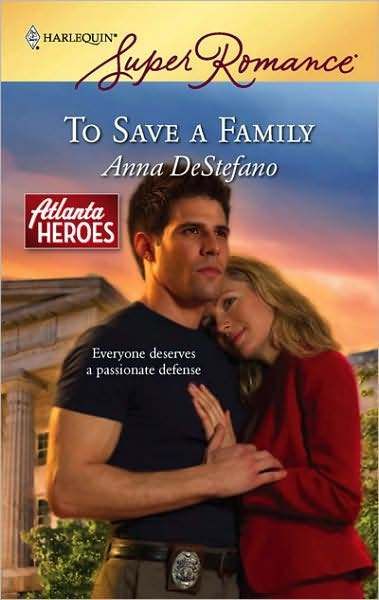



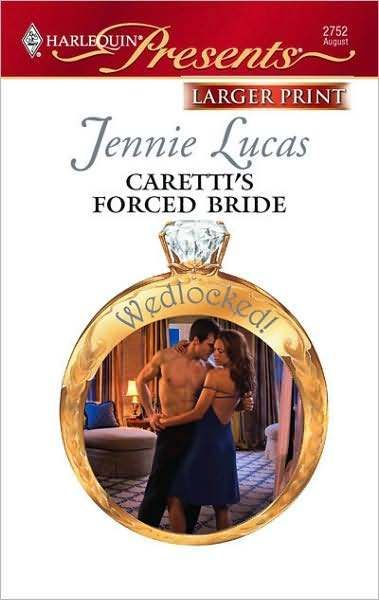



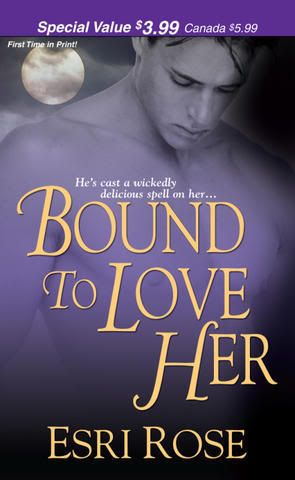

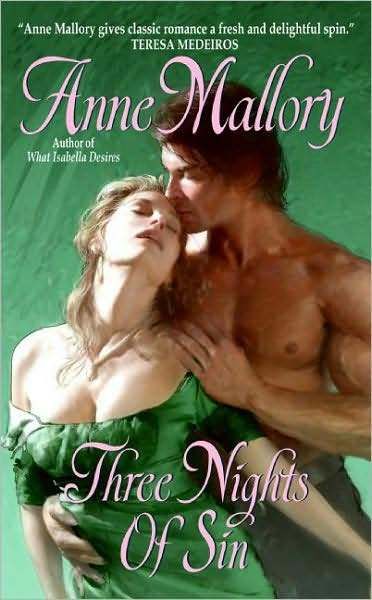
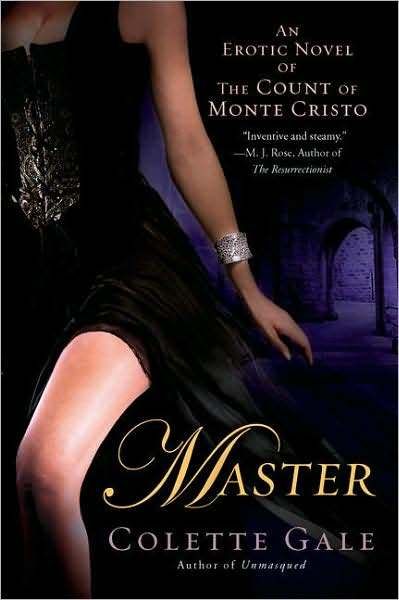






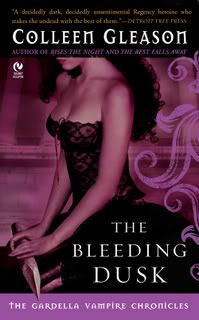







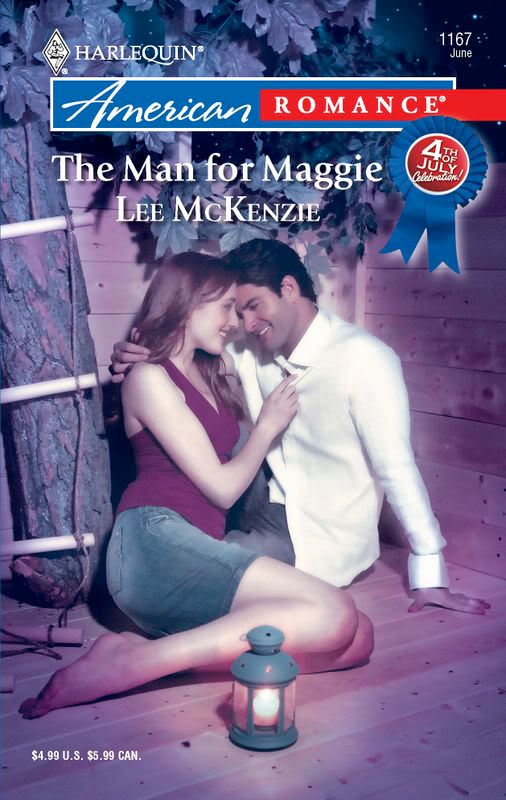
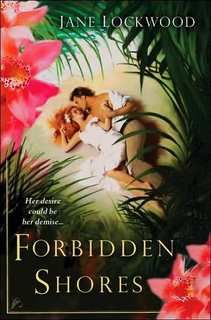

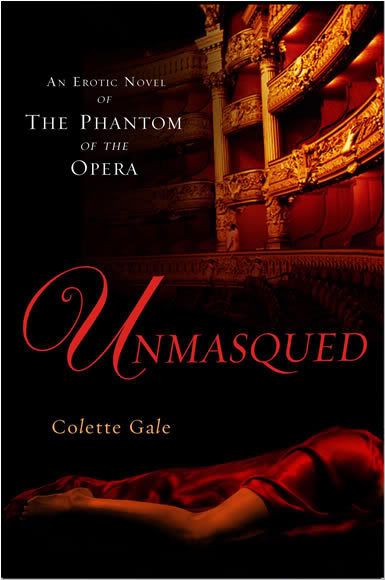
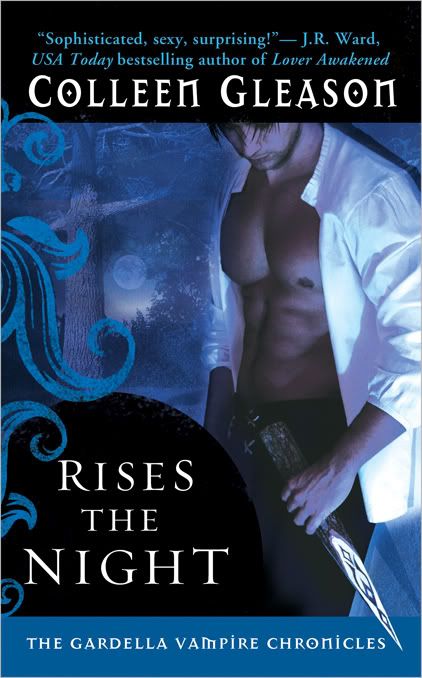
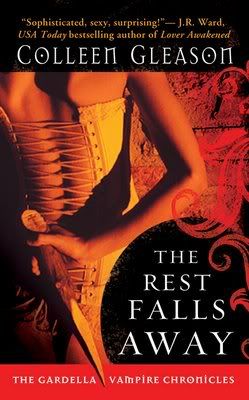

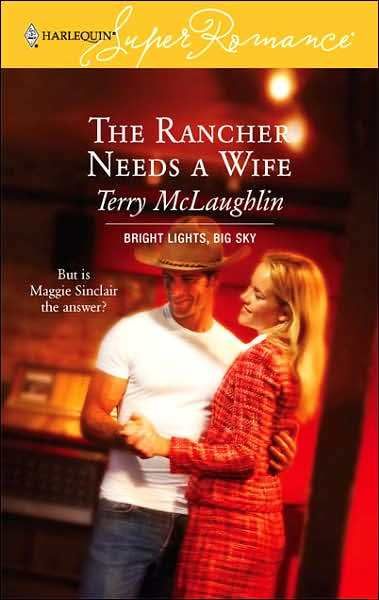
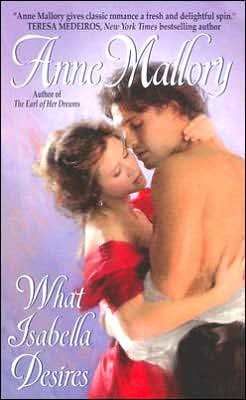
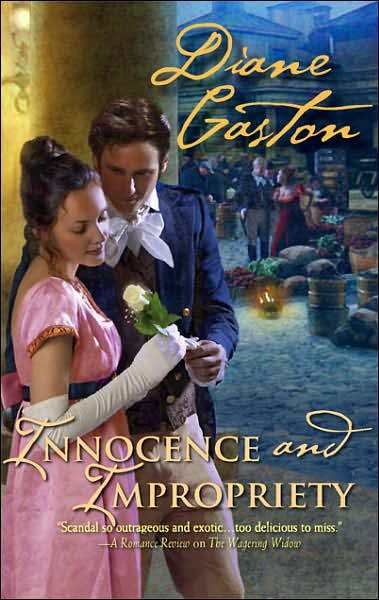

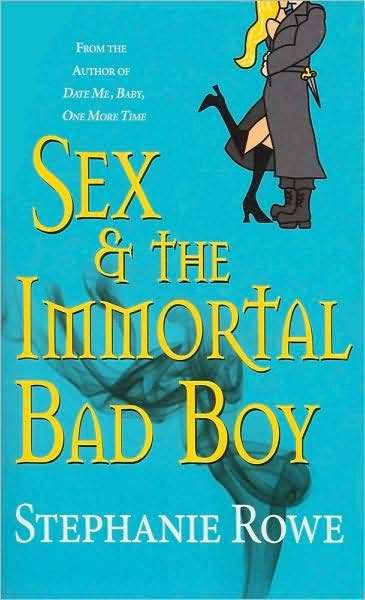
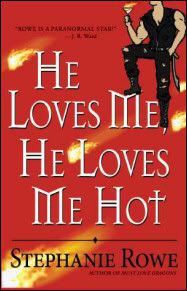

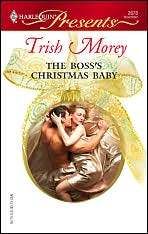
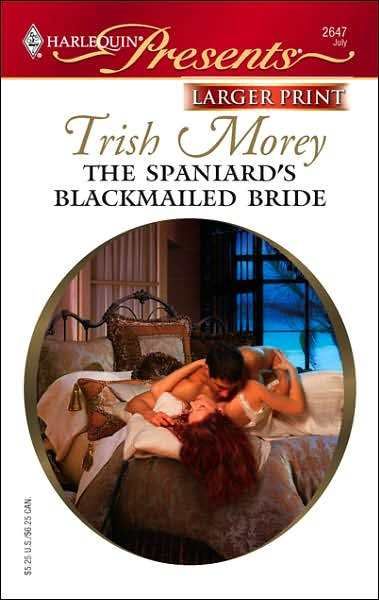
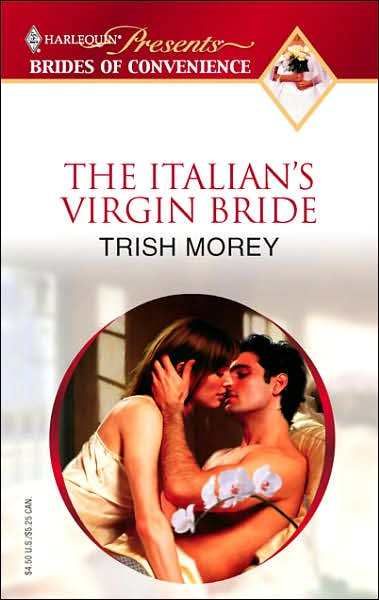


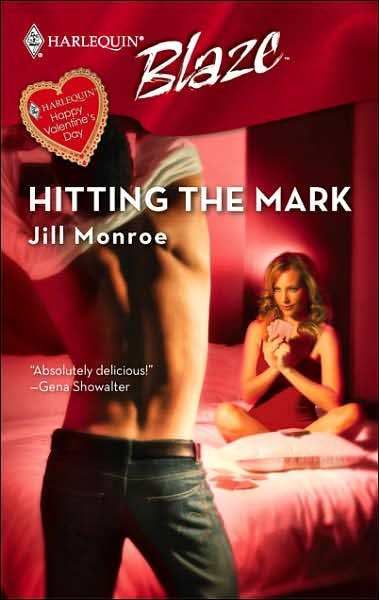
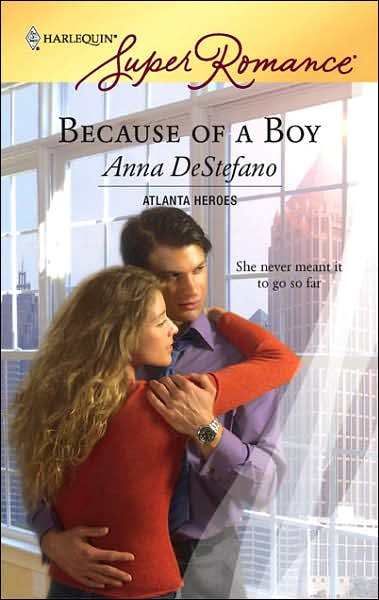



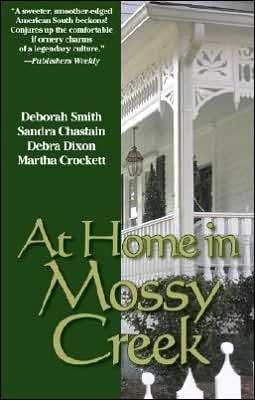
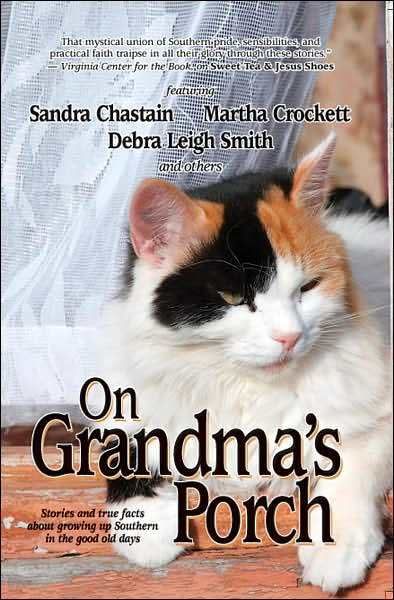
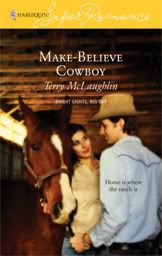

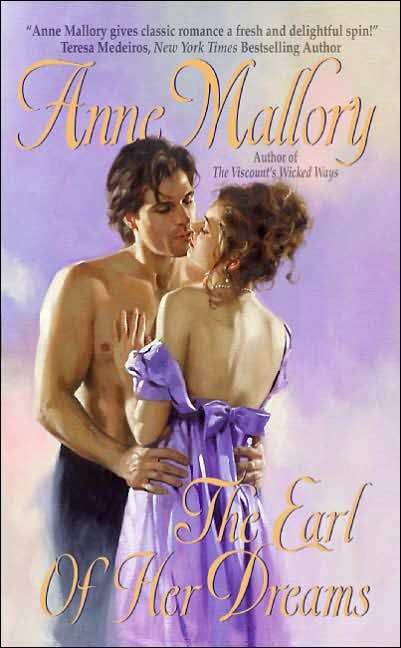
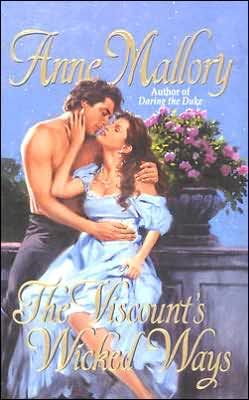
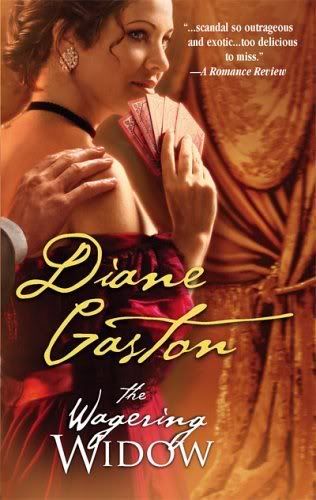
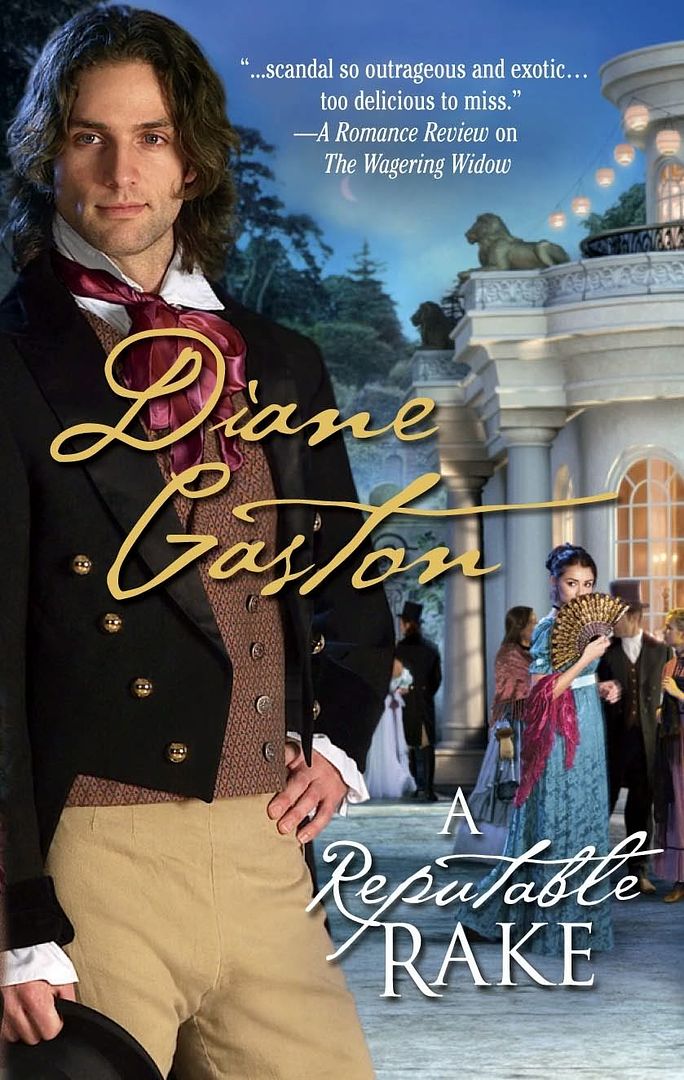
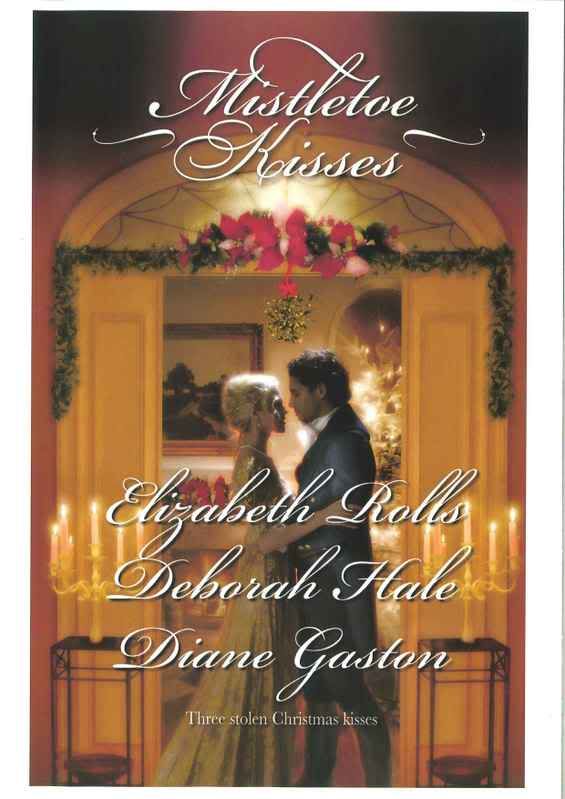
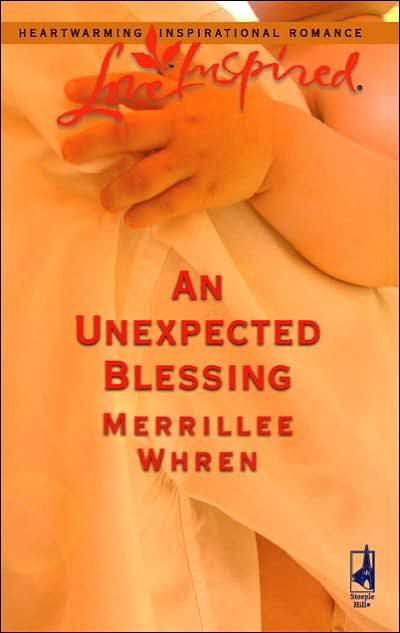

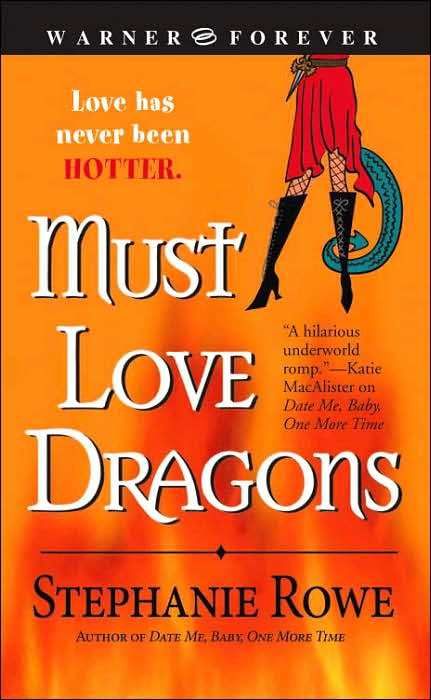
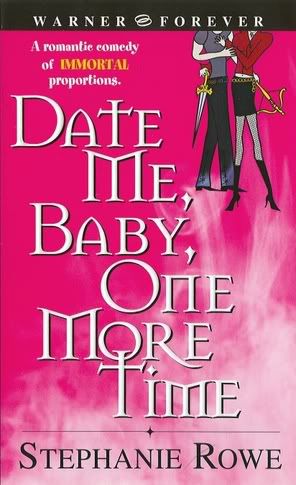

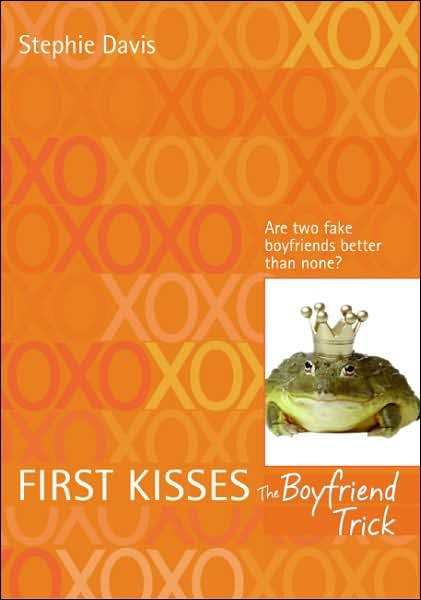
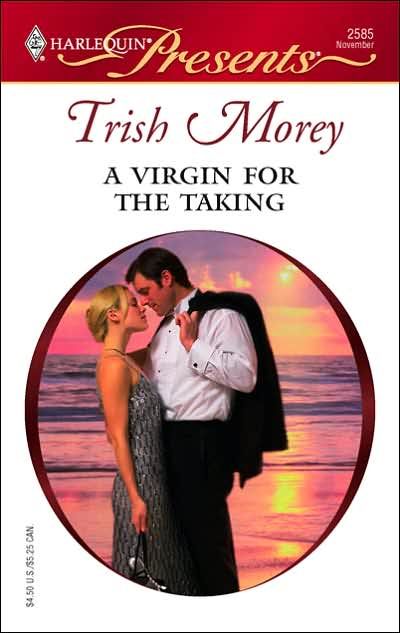

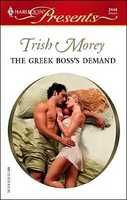



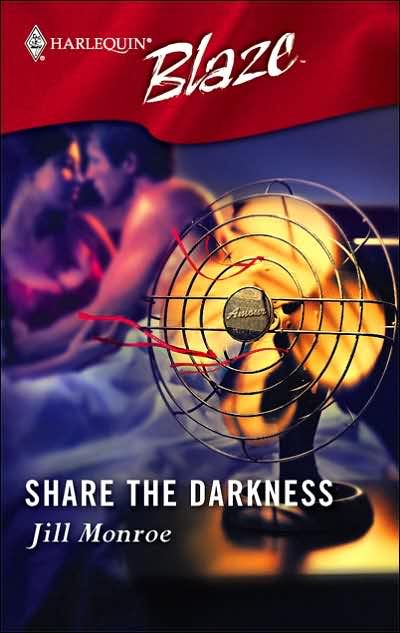




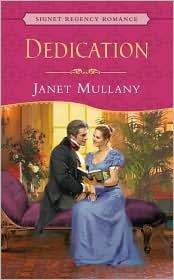

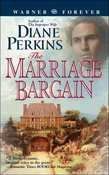
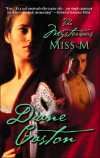



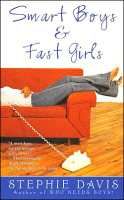



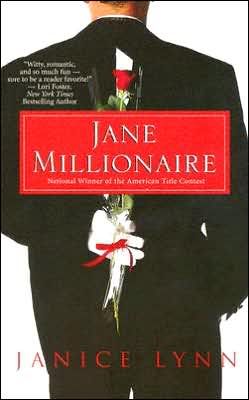


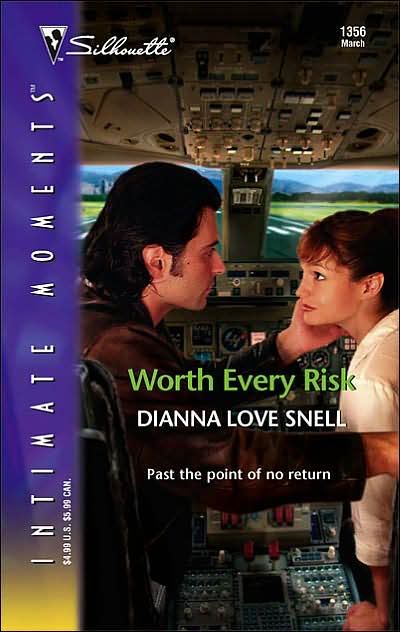
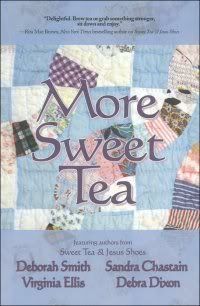
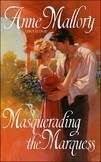
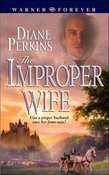

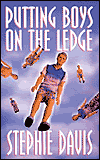

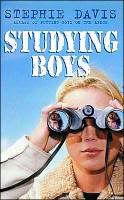
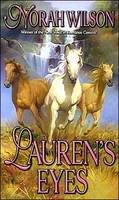

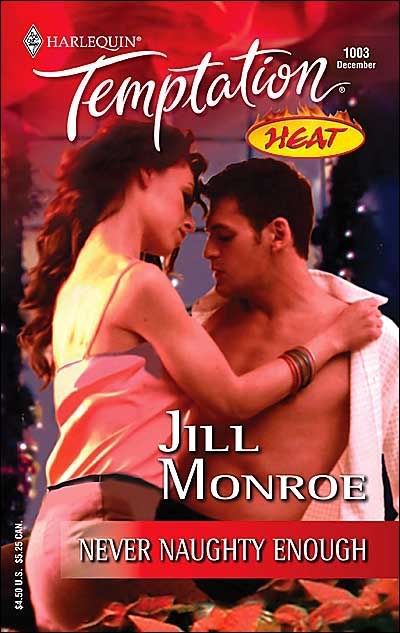





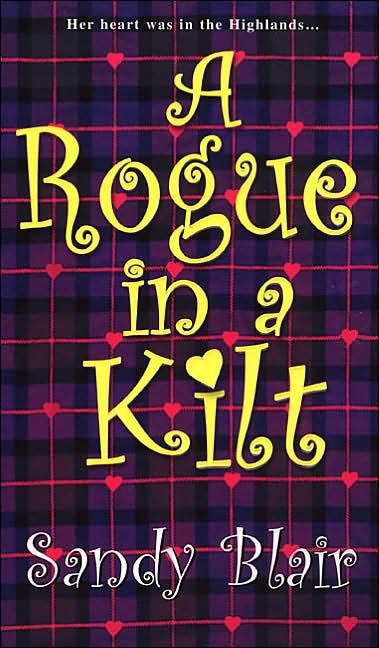

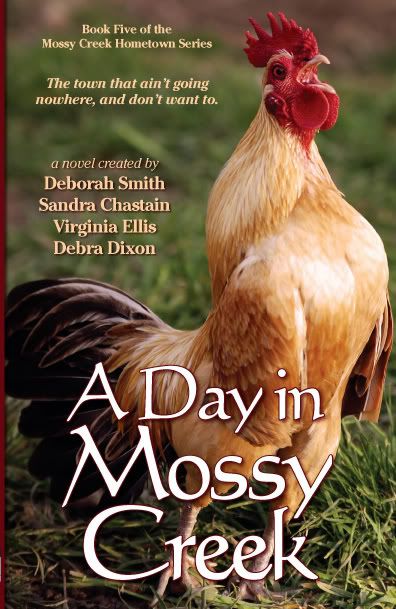

14 Comments:
I love Debra's book. I refer to it all the time. My difficulty comes in meshing both external and internal conflict, but I'm trying....sigh.
Great post. In Harm's Way sounds super
this is all very helpful, Lee. Thanks for the great reminder of what conflict is not and how to keep our stories focused on the conflict that really matters.
I also prefer statements rather than charts. Good idea.
You have such a clear way of explaining things, Lee. Thanks for the great synopsis of Dixon's book – made me want to rush out and pick up a copy!
I can easily see how this strategy works for a suspense novel. Does it work as well for sweeter romances where only hearts (not lives) are at stake? Did you use the chart and the statements for your Harlequin American books The Man for Maggie and With This Ring?
Rachel
Rachel, GMC works for Regency Historicals! It is the concept I find most useful when developing characters and figuring out plots.
Marianne, I'm not very good at meshing the internal and external plots in GMC statements, but just thinking about the concepts help me, even if I can't articulate the GMC very well.
I was lucky enough to attend one of Debra Dixon's workshops and it was extremely informative and helpful. I have read through her book a couple of times, but I have never really sat down and done a chart for my stories. I think I may try that just to see how it works out. Marianne, my Passion's Slaves buddy, I know exactly how you feel. Getting that internal conflict / external conflict thing down is so frustrating!
Thanks for the wonderful examples, Lee.
Deb Dixon has given two workshops for our RWA chapter, and she's great. Keeping GMC in my head as I write really helps. I'm not big on charts, but her basic template ..
Character wants ____ because ____ but can't have it because _____
really keeps things on track, and helps with those pesky pitch/log line summaries.
For my current hero: Covert field agent Dalton wants to stop drug lord Rafael BECAUSE years ago, Dalton's bride fell in with a drug-using crowd and died, along with his unborn child... BUT he can't because his boss has stuck him with a trivial assignment as "punishment" for his taking matters into his own hands on his last op.
OK -- feel free to fire away. :-)
TerryO: That sounds like a fine conflict for the suspense part. What's the conflict for the romance, for each of them?
Ah, Esri -- and good timing since I'm trying to finish my promotional package for my agent, who wants a 3 page synopsis.
Internal conflict for Dalton:
Dalton's carrying a boatload of guilt for not being aware his wife had a drug problem, for not being there (he was in the navy, at sea), and given the nature of his job, knows he can't be there for anyone else, either, since he's called away at a moment's notice and usually can't tell anyone where he is.
The heroine:
Street-smart Miri Chambers wants to help everyone at the Galloway House shelter find new and productive lives BECAUSE she and her sister were abandoned as children and were rescued when they found Galloway House BUT people are missing and she can't help them if she doesn't know where they are.
Her internal conflict deals with abandonment. With the exception of her sister, nobody has ever 'been there' for her. When Dalton disappears in the middle of helping her rescue her sister, she knows he's just like everyone else in her life.
(And a note to Rachel--Deb Dixon's primary example in her workshops is "The Wizard of Oz" [movie version], which isn't really a suspense. )
That sounds pretty good, Terry! I particularly like Miri's backstory and how it relates to her present. Does Dalton quit his job at the end, or just decide he can be there after all? I would like it if he found similar work, but more rewarding and with more control over his schedule.
Well, considering I haven't sold the book yet (hoping, fingers crossed, my agent will be able to do it), I guess MAYBE I can give away the ending. Then again...
Nah -- I always end with a HEA but it's never locked in with a ring or wedding. Only the promise the h/h will give it a shot. This book has the most 'open' ending of any I've written (and my agent had to tell me to be sure to write "The End" because it was still open.)
As far as things go, it's probably Miri who's willing to make the bigger sacrifice, even though Dalton changes the most. Is that even possible? She's willing to accept what he does, and he admits he can only do it if he knows she'll be there for him.
You can check my blog to see more about Dalton's job. I don't think he'll quit.
Fair enough. It's all in how you tell it, anyway.
I've heard so many good things about this book. It's on my list to purchase in the next two months (I'm on a budget!)
But thanks for breaking it down. I'm pondering a new story and have begun thinking about my characters and conflict. This helps a lot!
The GMC CHART is an excellent way to outline all types of fiction. It can even help you write a synopsis.
I use the GMC chart for hero and heroine and secondary and villain characters.
Post a Comment
<< Home
Subscribe to Post Comments [Atom]